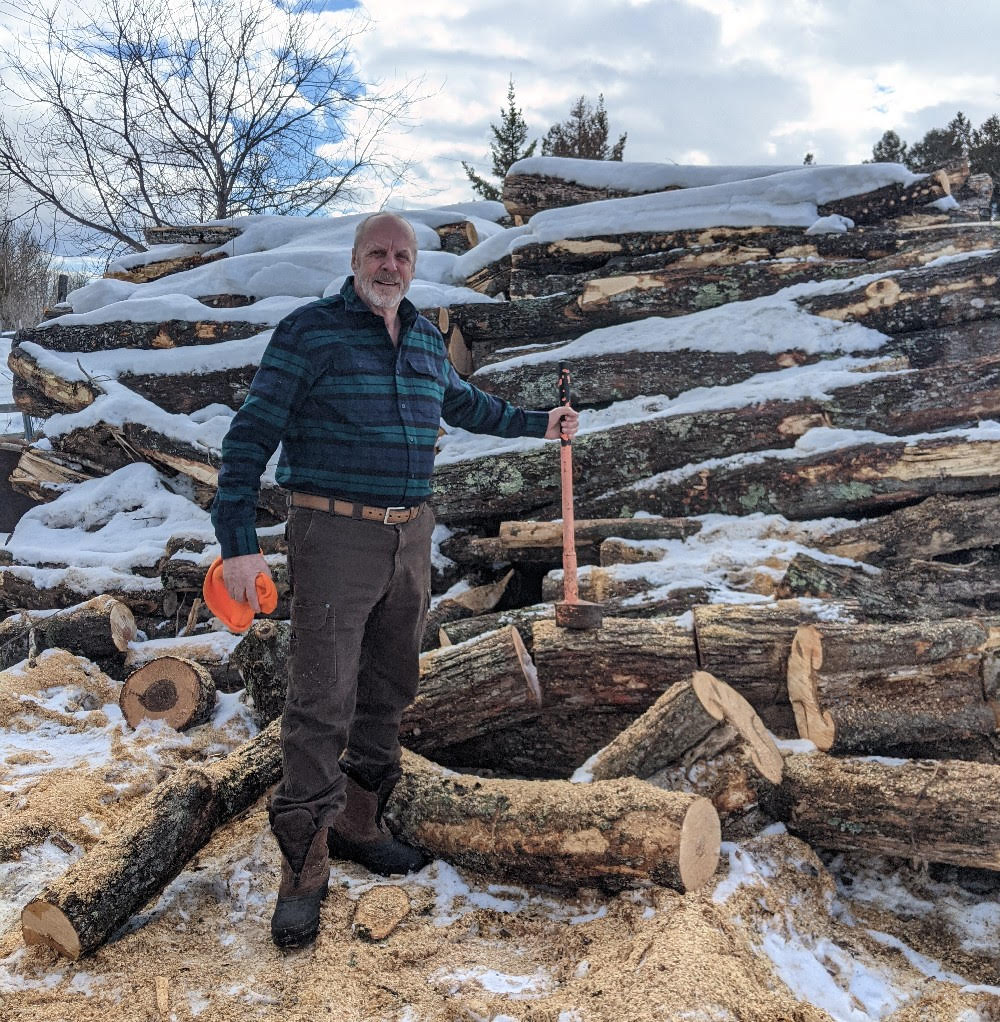NEWWAYGO, Mich. (Michigan Back Roads) – Coolbough Natural Area is a vast nature preserve containing a rare Oak Savanna, ruins of an abandoned agricultural community and miles of trails. Oak savannas are extremely rare today. This type of forest was fairly common in the early 1800s. Sometimes they were referred to as a dry sand prairie, oak-white pine barrens, or simply an oak opening. The prairie in the Coolbough Nature Area has been restored. White pines and oaks spread their limbs above the open sandy grassland.
What makes Coolbough Natural Area a unique visit?
The diversity of habitats is one of the features of the Coolbough Natural Area that makes any visit a day of discovery. Visitors have the chance to explore ponds and wetlands, hike through white pine and white oak forests, search for butterflies and wildflowers on prairies and barrens, and listen to the bubbling waters of Bigelow and Coolbough Creeks. In another part of Coolbough are more unusual features. There are ruins of old farms with little more than foundations remaining. Use caution – there are holes and old wells hidden in the undergrowth. Oddly, there is a patch of prickly pear cactus growing near one of the old homesteads.
MORE NEWS: Fasten Your Seatbelts: Spirit Adds Record Nonstop Service from Detroit
Just a few steps from the parking area there is a large map. It depicts the different loops and some of the natural features visitors can expect to find. On my first visit I headed for a place on the map called the “Valley of the Ants.” I just had to find out what that could be. When I reached the first trail junction, I discovered one of the great features in this preserve, the additional maps. There is a map at each junction showing where you are and what your options are. This is excellent because Coolbough is big. There are several loops ranging from under 2 miles to more than 3 miles. The trails are quite steep in spots and the bridges across Coolbough Creek are narrow board foot bridges. Some trail areas are open to horses.
A bit of history.
To understand why the CoolBough Creek Natural Area looks the way it does, a little historical information will help. In the late 1930’s this area was known as The Big Prairie. Accounts from a 1941 WPA project describe the area as a sandy wasteland of several square miles. At one time this was all forest which was cleared for farmland. These conditions are great for certain grasses and wildflowers but are awful for agriculture. Enormous sand dunes began to form and they began to move.
The shifting sand dunes have blotted out trees, houses, and fields with a completeness seen only in the “dust bowl” of the plains. The residents tried building fences to hold back the sand, but the dunes buried those as well. Finally, the settlements were abandoned, and restoration efforts were put in place to start reforestation. Legend says there is a cemetery at the western edge of this Michigan desert with tombstones from the 1850’s.
